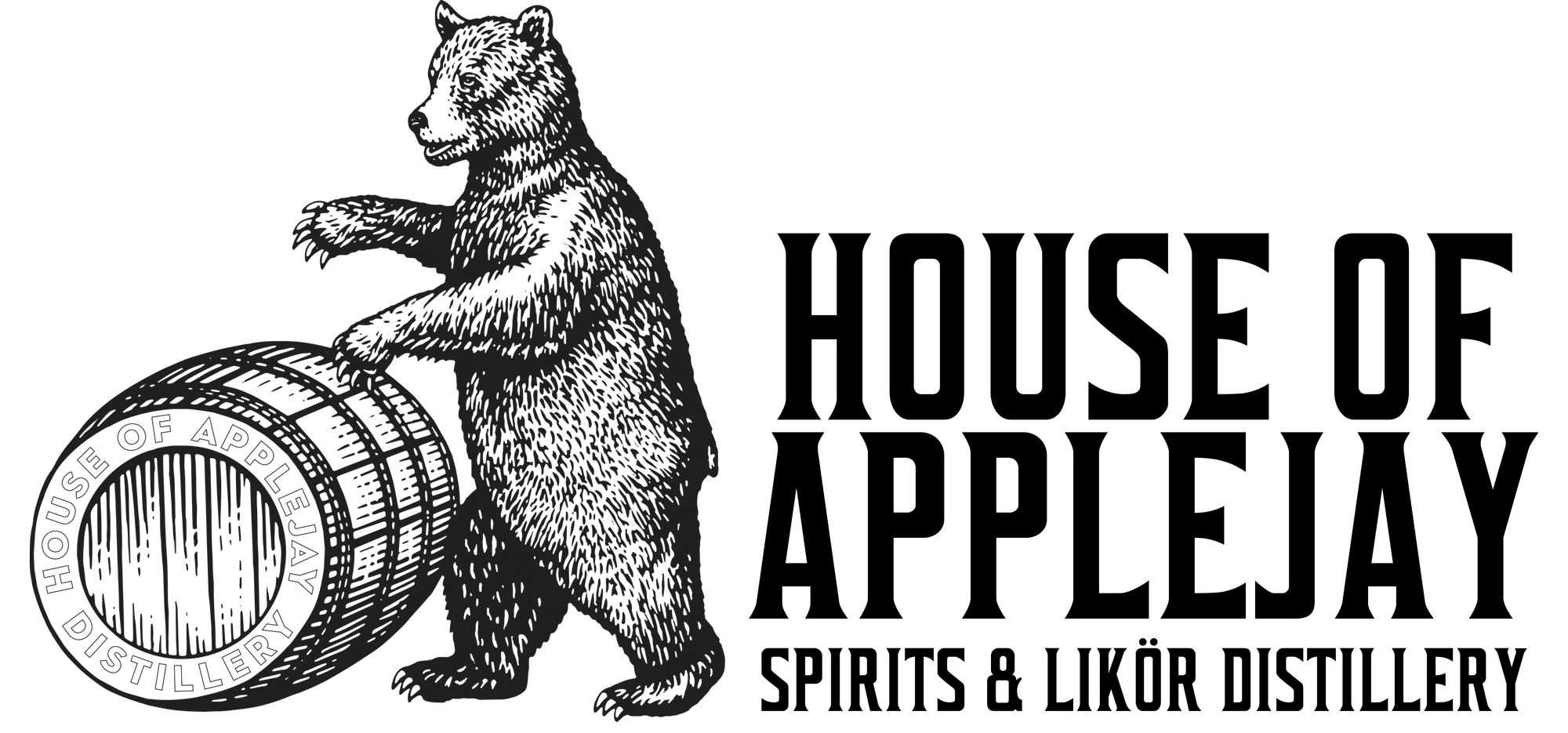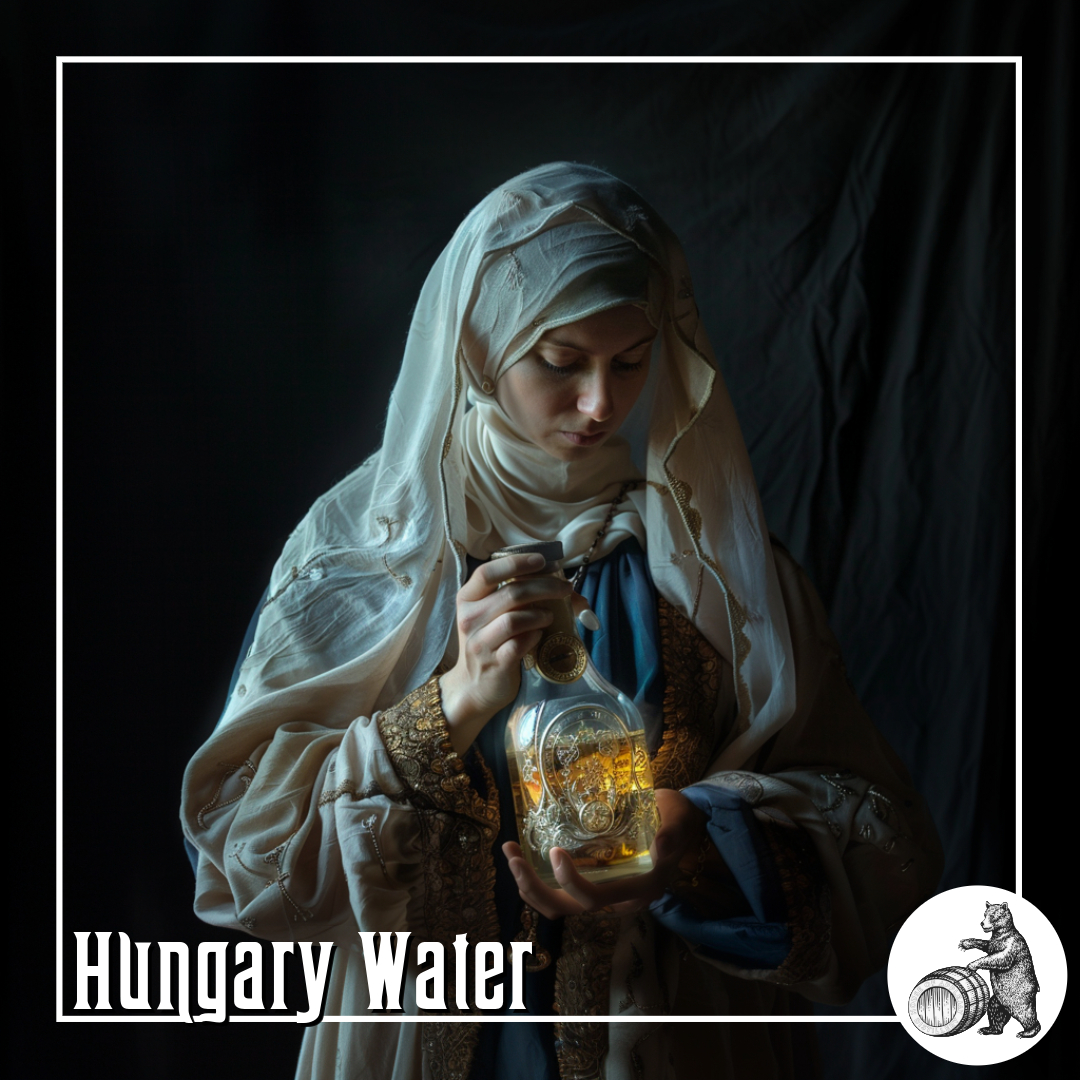Hungary water
Exploring the Historical Elixir Hungary Water
In the world of historical curiosities, few are as intriguing as Hungary Water, also known as the Queen of Hungary’s Water. This mysterious elixir from medieval Europe, has captivated the imaginations of scholars for centuries. According to legend, the aging queen, suffering from various ailments, was presented with a special elixir by a court alchemist. This potion, crafted from a blend of fragrant herbs and alcohol, reportedly rejuvenated the queen, restoring her vitality and beauty.
The exact origins of Hungary Water are obscured by history, with some accounts suggesting it dates back to 1370 or the late 14th century. According to legend, it was formulated at the command of Queen Elizabeth of Hungary, sometimes identified as Queen Isabella of Hungary or Saint Elisabeth, Queen of Hungary. Some sources say that a hermit or monk-recluse first gave it to the Queen of Hungary, though it was most likely made by a court alchemist or a monk-alchemist.
The concoction though likely emerged during the tumultuous era of the Black Death, a devastating epidemic that swept through Europe between 1346 and 1350. During this period of widespread death and disease, there was a growing interest in remedies believed to provide protection and healing, utilizing the antibacterial properties of Hungary Water for medicinal purposes. The fame of Hungary Water spread quickly throughout Europe, becoming a sought-after remedy among nobles and royalty. Its supposed ability to ward off illness and reverse the effects of aging made it a prized possession in aristocratic circles.
Historical Distillate
Hungary Water was one of the first alcohol-based tinctures in Europe, primarily made with rosemary. The oldest surviving recipes call for distilling fresh rosemary and thyme with brandy, while later formulations contain additionally wine, lavender, mint, sage, marjoram, costus, orange blossom, and lemon. The resulting concoction was often used as a medicinal tonic, a cosmetic, and a perfume. Hungary Water was believed to have a wide range of benefits, from improving circulation and relieving headaches to soothing sore muscles and promoting relaxation. It was also used as a beauty aid, with proponents claiming that it could soften the skin, reduce wrinkles, and impart a youthful glow.
Spread Through Europe
The queen in question is frequently assumed to be Elisabeth of Poland (1305–1380), although the particulars of her life do not match those in the more common legends. It is unlikely to be Saint Elisabeth of Hungary (1207–1231), who is though too early and not a queen. The invention of this water is most probably related to the Black Death epidemic that ravaged Europe between 1346 and 1350, due to the antibacterial effects of alcohol used to make the water.
Hungary Water first appeared outside of Hungary in 1370 when Charles V of France, famous for his love of fragrances, received some. Its use was popular across Europe for many centuries, and until Eau de Cologne appeared in the 18th century, it was the most popular fragrance and remedy applied.
By the 18th century, French Hungary Water from Montpellier was being touted over other variations of Hungary Water because of the quality of the rosemary used in the distillation. Advertisements in newspapers even warned against counterfeit versions of French Hungary Water, explaining to potential buyers how to detect the difference in quality.
Legacy as a medicine
Hungary Water was used during the late 17th century as a form of medicine. It was believed to have many uses such as helping to relieve headaches, toothaches, or ringing ears. It was also used to help cleanse the body by clearing out several vital organs of impurities. Some even believed that it helped reduce blindness and the inability to hear. It was one of the medicines at the time that could be considered a “cure-all,” meaning it would help with almost every ailment a person could face.
Hungary Water was made through a distillation process that included concentrating the ingredients involved, which often included rosemary and wine. It was used for men, women, and children alike. The dosage was one or two sips of the medicine or a topical application, depending on whether the ailment was internal or external.
Despite its popularity in centuries past, Hungary Water eventually faded into obscurity as advances in medicine led to the development of more effective treatments. However, the legacy of this mysterious elixir lives on, inspiring fascination and curiosity to this day. In recent years, there has been a resurgence of interest in Hungary Water, fueled by the revival of traditional herbal remedies and natural cosmetics. Modern interpretations of the elixir can be found in boutique apothecaries and online shops, where it is marketed as a luxurious skincare product with age-defying properties.
The Distilling Culture
BLOG
Embark on a global journey, and you’ll find that cultures possess tales that harken back to their ancient beginnings of distillation, brewing, and winemaking.
info@houseofapplejay.com
67 Fowler St, Bldg B, East Ellijay, GA 30540

